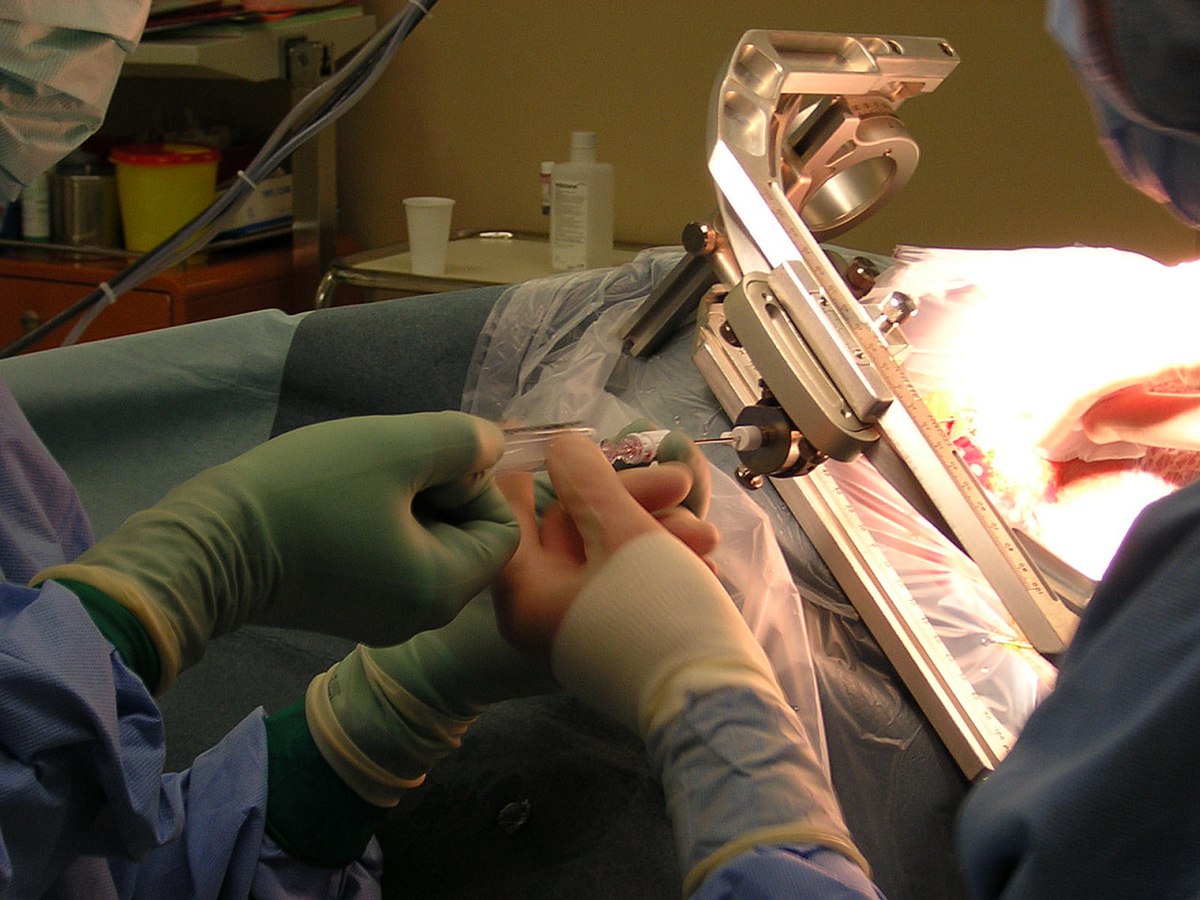There liquid biopsy represents a significant advance in the field of oncology, radically changing traditional diagnostic methods. This technique, which is based on the analysis of blood samples, makes it possible to identify genomic alterations associated with cancers, thus offering an approach non-invasive and less stressful for patients. Thanks to devices like the test TruBlood, it becomes possible to evaluate proven cases of cancer with the same precision as a traditional biopsy, while avoiding complications linked to surgical interventions. The implementation of this method on a large scale, as deployed Gustave Roussy, ushers in an era where the monitoring and diagnosis of cancer are substantially improved.

There liquid biopsy is a significant advance in the field of oncology, highlighting a paradigm shift in the way cancers are diagnosed and monitored. This innovative technique distinguishes itself from traditional biopsy methods by its non-invasive approach, allowing doctors to extract valuable information on the genomic characteristics of tumors via a simple blood test.
The concept of liquid biopsy is based on the analysis of biomarkers circulating in the blood, such as Circulating tumor DNA (ctDNA), THE circulating tumor cells (CTC), and other tumor-derived biological components. These biomarkers provide information about specific mutations and genomic alterations present in the patient’s cancer, thereby facilitating a more targeted approach to disease management.
Traditionally, cancer diagnosis has relied on invasive methods such as tissue biopsies, which require surgical samples or punctures. Although these techniques provide tissue samples for in-depth analysis, they have several disadvantages, including the risk of complications, the need for anesthesia, and the wait time for results. On the other hand, the liquid biopsy eliminates the majority of these constraints, providing a safer and faster alternative.
Gustave Roussy, one of the leading cancer centers in Europe, deploys genomic profiling from liquid biopsies on a national scale, thus allowing a better understanding and better classification of cancers. As a result, this contributes to the emergence of more effective treatments, adapted to the unique characteristics of each tumor.
THE liquid biopsies stand out not only as a diagnostic tool, but also as a monitoring method. For patients undergoing treatment, it is essential to monitor the progression of the disease and detect possible relapse or resistance to treatment. The possibility of carrying out regular tests by blood tests This allows treatment strategies to be quickly adapted based on the results, optimizing the effectiveness of care.
For example, the TruBlood test was developed as a non-invasive method of diagnostic assessment of already established cancer cases, often replacing the need to perform tissue biopsies. This approach may be particularly beneficial for patients with inaccessible tumors or those who prefer to avoid invasive procedures. In addition, Professor Jean-Yves Pierga emphasizes that the liquid biopsy would, in certain cases, be as effective as a traditional biopsy, thus reinforcing its disruptive potential in the oncological field.
The applications of liquid biopsies also extend to research. Their ability to detect early mutations and specific biomarkers opens new avenues for the development of targeted therapies. This paradigm shift could accelerate the drug research and development process, allowing therapy to be aligned with the genomic profile of the patient’s tumor.
The use of liquid biopsy is not without its challenges, however. Although this method offers many advantages, questions remain regarding standardization of protocols and interpretation of results. Test variability and lack of universal guidelines may make it difficult to integrate these techniques into daily clinical practice. Therefore, close collaboration between researchers, clinicians and regulatory authorities is essential to establish clear standards and ensure concordance of results.
In terms of future prospects, liquid biopsies could play a key role in personalized medicine. By making it possible to characterize cancers in more detail, they open the way to highly individualized treatments based on the unique characteristics of each patient and their disease. Ongoing discussions and studies aim to determine how these techniques can best be integrated into clinical practices to improve patient outcomes.
In short, the liquid biopsy represents a major advance in the diagnosis and management of cancers. Its potential in terms of early detection, disease monitoring and individualization of treatment marks a real break with traditional practices, placing modern medicine at the dawn of a new era. Continuing research in this area and the development of new technologies will be key elements in taking full advantage of this medical revolution.

There liquid biopsy represents a decisive advance in the field of oncology, marking a real paradigm shift for the diagnosis and monitoring of cancers. By replacing traditional invasive methods with a simple blood test, this technique makes it possible to identify genomic alterations associated with cancers, while minimizing the risks and discomfort for patients. This innovation opens up new perspectives for oncological treatments and monitoring.
What is liquid biopsy?
There liquid biopsy is defined as a set of blood tests intended to detect fragments of circulating tumor DNA, tumor cells or other biomarkers in blood serum. Unlike a traditional biopsy, which involves surgery to remove a tissue sample, a liquid biopsy is non-invasive. It can thus be carried out as regularly as necessary, offering greater flexibility in the patient monitoring.
Advantages over traditional biopsy
The advantages of liquid biopsy are multiple. First, this method reduces the need for invasive surgical procedures, thereby decreasing the risk of complications and recovery time. Second, liquid biopsy provides faster results, which is crucial for initiating timely treatment. In addition, it offers the possibility of detecting genomic alterations at an early stage, which is essential for establishing an accurate diagnosis.
Clinical applications and research
Numerous studies have demonstrated the effectiveness of liquid biopsy, particularly in the case of lung and breast cancers. Professor Jean-Yves Pierga affirms that this method is “as effective as a traditional biopsy”, highlighting its potential to transform clinical practices. Research centers, such as Gustave Roussy, deploy these techniques on a national scale to refine the genomic profiling tumors and personalize treatments.
Impact on cancer treatment
Liquid biopsy is not only limited to the initial diagnosis but also plays a vital role in the therapeutic monitoring. Thanks to this method, it is possible to monitor a patient’s response to treatments, anticipate relapses and adapt therapeutic strategies according to the evolution of the disease. Furthermore, liquid biopsy contributes to a better understanding of treatment resistance mechanisms, thus facilitating the development of new therapeutic options.
Future of liquid biopsy in oncology
As research progresses, liquid biopsy could become the standard in cancer treatment. Experts anticipate its integration into diagnostic protocols at the national level, which could also accelerate the development of new drugs targeting specific genomic alterations. It is essential to continue to study and validate this technique to maximize its effectiveness and reliability in clinical practice.
As liquid biopsy continues to evolve, its potential to improve the diagnosis and the cancer monitoring is undeniable. It promises to optimize the quality of care while offering new avenues for research and clinical decision-making.











